-
 bitcoin
bitcoin $112139.774561 USD
-1.82% -
 ethereum
ethereum $3970.329568 USD
-3.85% -
 tether
tether $1.000078 USD
0.01% -
 xrp
xrp $2.611653 USD
-1.08% -
 bnb
bnb $1099.982737 USD
-3.67% -
 solana
solana $193.702075 USD
-3.33% -
 usd-coin
usd-coin $0.999832 USD
0.00% -
 dogecoin
dogecoin $0.193302 USD
-3.68% -
 tron
tron $0.294800 USD
-1.45% -
 cardano
cardano $0.642524 USD
-3.89% -
 hyperliquid
hyperliquid $47.524848 USD
1.27% -
 chainlink
chainlink $17.842256 USD
-2.41% -
 bitcoin-cash
bitcoin-cash $561.265025 USD
1.01% -
 stellar
stellar $0.317292 USD
-2.07% -
 ethena-usde
ethena-usde $0.999303 USD
0.01%
How do you use the 100 EMA as a major market bias filter?
The 100 EMA helps traders identify crypto trends, acting as dynamic support in uptrends and resistance in downtrends, especially when confirmed by volume and higher timeframes.
Oct 20, 2025 at 09:18 am

Understanding the 100 EMA in Crypto Market Analysis
1. The 100-period Exponential Moving Average (EMA) serves as a critical tool for identifying the prevailing trend in cryptocurrency markets. Unlike simple moving averages, the EMA assigns greater weight to recent price data, making it more responsive to new information and shifts in momentum.
2. Traders use the 100 EMA to distinguish between bullish and bearish market conditions. When the price of a cryptocurrency consistently trades above the 100 EMA, it signals a potential uptrend, indicating that buyers are in control. Conversely, when the price remains below this level, it suggests a downtrend where sellers dominate.
3. This moving average acts as both support and resistance depending on market dynamics. In an established uptrend, the 100 EMA often functions as dynamic support during pullbacks. If the price approaches this level and bounces upward, it reinforces the strength of the bullish bias.
4. During bearish phases, the same EMA can act as a resistance zone. Price rallies that reach the 100 EMA and fail to break through may indicate weakening momentum among buyers, reinforcing the dominance of sellers.
5. Because cryptocurrencies exhibit high volatility, using the 100 EMA across multiple timeframes—such as the 4-hour, daily, or weekly charts—can provide layered confirmation of trend direction. Aligning signals from different timeframes increases confidence in trade decisions.
Integrating the 100 EMA into Trading Strategies
1. One common strategy involves waiting for the price to cross the 100 EMA with strong volume confirmation. A close above the EMA after an extended downtrend might signal a reversal, while a decisive drop below could indicate the start of a new bearish phase.
2. Combining the 100 EMA with other technical indicators like RSI or MACD enhances its reliability. For example, a price crossing above the 100 EMA alongside an RSI moving out of oversold territory strengthens the case for a long position.
3. Some traders use the 100 EMA as a trailing filter for entries. They avoid buying if the price is below the EMA or selling short if it’s above, ensuring they are trading in alignment with the broader trend rather than against it.
4. Position sizing can be adjusted based on proximity to the 100 EMA. Entries closer to the EMA in trending markets are often viewed as lower-risk opportunities, especially when supported by candlestick patterns or volume spikes.
5. Scalpers and swing traders alike apply the 100 EMA differently depending on their timeframe. While scalpers may focus on minor retests within fast-moving markets, swing traders prioritize sustained moves beyond the EMA as signs of structural change.
Common Pitfalls When Using the 100 EMA
1. Relying solely on the 100 EMA without context can lead to false signals, particularly in sideways or choppy markets. Cryptocurrencies often experience consolidation periods where prices oscillate around the EMA, creating misleading crossovers.
2. Ignoring macroeconomic factors or on-chain metrics while focusing only on price relative to the 100 EMA limits the depth of analysis. Major news events or exchange flows can override technical patterns, rendering EMA-based setups ineffective.
3. Over-optimizing entry points based on historical EMA behavior risks curve-fitting. Markets evolve, and strategies that worked during previous cycles may not hold under new regulatory, technological, or adoption conditions.
4. Failing to adjust for asset-specific volatility is another issue. High-beta coins like meme tokens react differently to the 100 EMA compared to large-cap assets such as Bitcoin or Ethereum, requiring customized interpretations.
5. Emotional trading often occurs when the price hovers near the 100 EMA. Traders might enter prematurely during uncertain phases, mistaking noise for confirmation. Discipline and additional confluence factors are essential to mitigate this risk.
Using the 100 EMA effectively requires combining it with volume analysis, multi-timeframe evaluation, and awareness of market structure to avoid false breakouts and whipsaws.
Frequently Asked Questions
What does it mean when Bitcoin is trading above the 100 EMA on the daily chart?It typically indicates a bullish market bias. Sustained trading above this level suggests that short-term momentum favors buyers, and the asset may be in an uptrend. Traders often view this as a green light for long positions, especially when accompanied by rising volume.
Can the 100 EMA be used on intraday crypto charts?Yes, it is frequently applied on 1-hour and 4-hour charts by day traders. On these timeframes, the 100 EMA helps identify short-term trends and potential reversal zones. However, increased volatility means more frequent fakeouts, so additional filters are recommended.
How does the 100 EMA differ from the 200 EMA in crypto trading?The 100 EMA reacts faster to price changes due to its shorter lookback period, making it more sensitive to recent action. The 200 EMA reflects longer-term sentiment and is often seen as a stronger trend indicator. Many traders watch both to assess short versus long-term bias.
Is the 100 EMA useful during low-volume market conditions?Its effectiveness diminishes during low-volume periods, which are common in crypto during weekends or holiday seasons. Thin markets increase the likelihood of price spikes that temporarily breach the EMA without genuine follow-through, leading to unreliable signals.
Disclaimer:info@kdj.com
The information provided is not trading advice. kdj.com does not assume any responsibility for any investments made based on the information provided in this article. Cryptocurrencies are highly volatile and it is highly recommended that you invest with caution after thorough research!
If you believe that the content used on this website infringes your copyright, please contact us immediately (info@kdj.com) and we will delete it promptly.
- Essex Post Office, 5p Coins, and King Charles: A Royal Mint Revelation!
- 2025-10-23 10:30:16
- Waymo's Newark Airport AV Tests: Alphabet's AI Gamble Pays Off?
- 2025-10-23 10:30:16
- King Charles 5p Coins: A Royal Flush in Your Pocket?
- 2025-10-23 10:35:18
- Solana, Crypto Advisory, and Forward Industries: A New York Minute on the Future of Finance
- 2025-10-23 08:51:22
- MAGACOIN: Ethereum Whales Dive into the Hottest Presale of 2025
- 2025-10-23 08:51:22
- Kadena's End of the Road? KDA Token Plummets Amid Project Abandonment
- 2025-10-23 08:55:34
Related knowledge
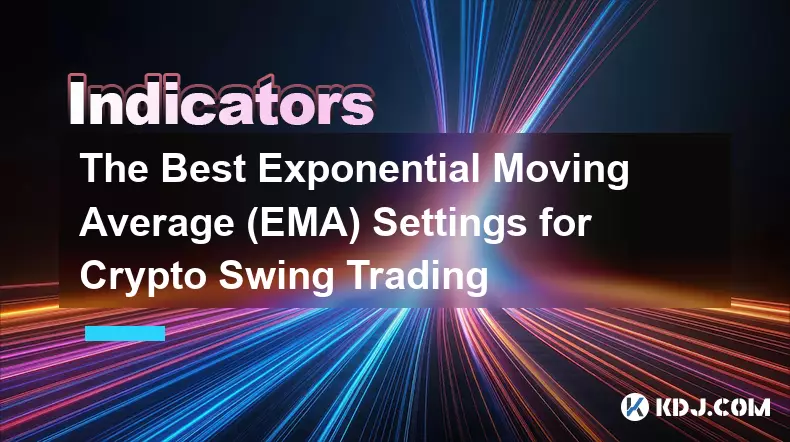
The Best Exponential Moving Average (EMA) Settings for Crypto Swing Trading
Oct 25,2025 at 04:55pm
The Best Exponential Moving Average (EMA) Settings for Crypto Swing TradingSwing trading in the cryptocurrency market relies heavily on identifying tr...
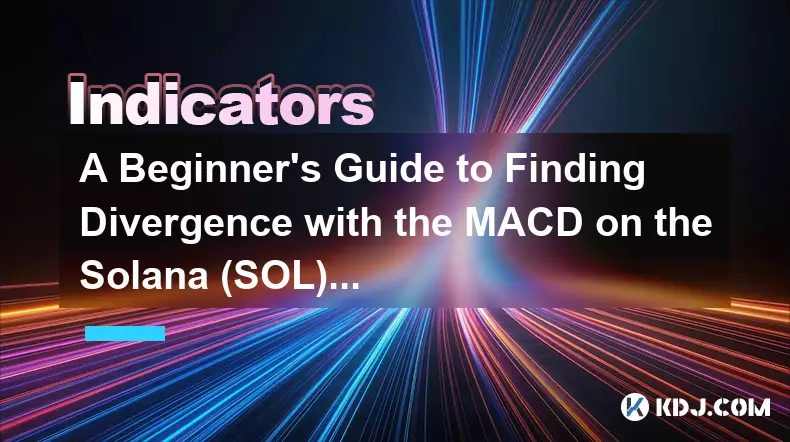
A Beginner's Guide to Finding Divergence with the MACD on the Solana (SOL) Chart
Oct 26,2025 at 12:36pm
Understanding MACD and Its Role in Solana Trading1. The Moving Average Convergence Divergence (MACD) is a momentum indicator widely used in cryptocurr...
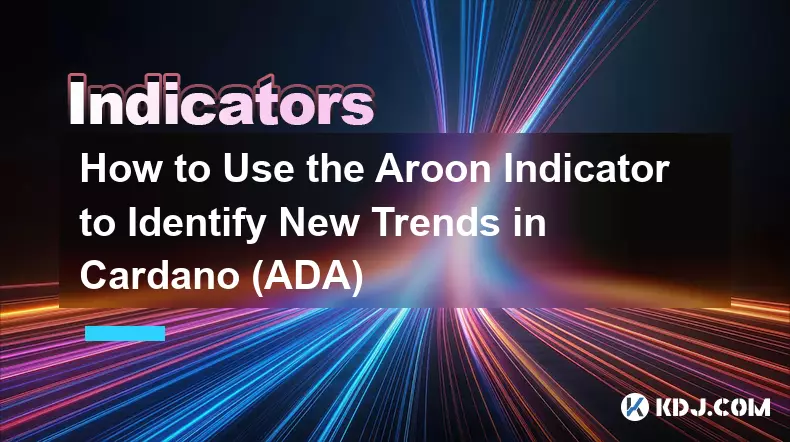
How to Use the Aroon Indicator to Identify New Trends in Cardano (ADA)
Oct 26,2025 at 10:18pm
Understanding the Aroon Indicator in Cryptocurrency Trading1. The Aroon indicator is a technical analysis tool designed to identify whether an asset i...
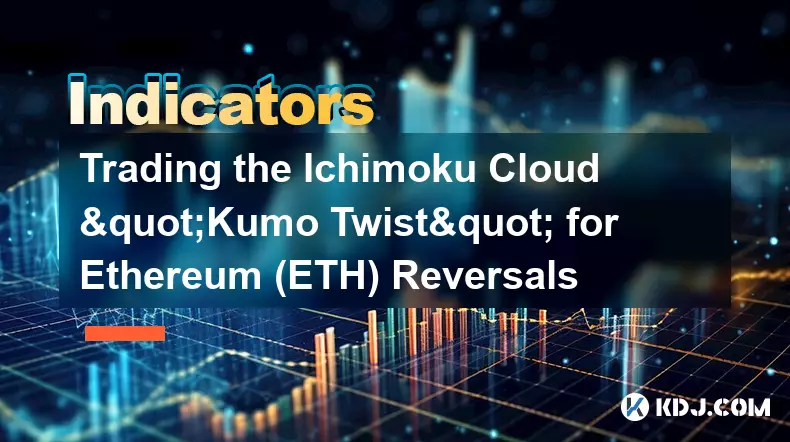
Trading the Ichimoku Cloud "Kumo Twist" for Ethereum (ETH) Reversals
Oct 27,2025 at 01:54am
Understanding the Ichimoku Cloud and Its Components1. The Ichimoku Cloud, also known as Ichimoku Kinko Hyo, is a comprehensive technical analysis tool...
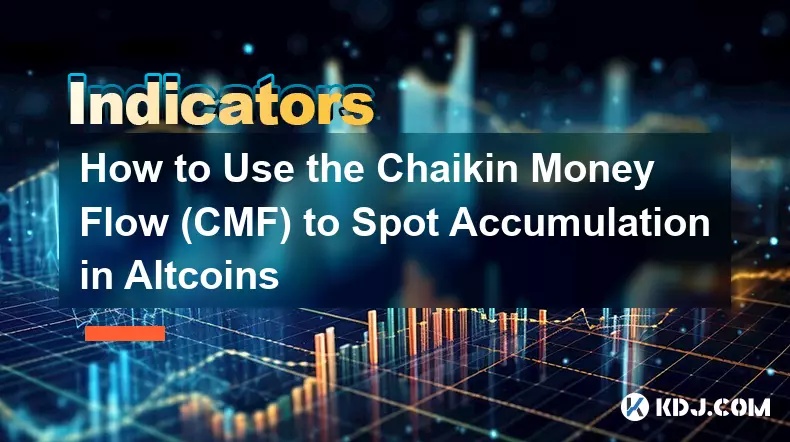
How to Use the Chaikin Money Flow (CMF) to Spot Accumulation in Altcoins
Oct 25,2025 at 08:18pm
Understanding Chaikin Money Flow in the Context of Altcoin Markets1. The Chaikin Money Flow (CMF) is a technical indicator developed by Marc Chaikin t...

How to Trade with the Keltner Channel Indicator on the Ethereum (ETH) Chart
Oct 28,2025 at 08:54am
Understanding the Keltner Channel in Ethereum Trading1. The Keltner Channel is a volatility-based technical indicator that consists of three lines: an...

The Best Exponential Moving Average (EMA) Settings for Crypto Swing Trading
Oct 25,2025 at 04:55pm
The Best Exponential Moving Average (EMA) Settings for Crypto Swing TradingSwing trading in the cryptocurrency market relies heavily on identifying tr...

A Beginner's Guide to Finding Divergence with the MACD on the Solana (SOL) Chart
Oct 26,2025 at 12:36pm
Understanding MACD and Its Role in Solana Trading1. The Moving Average Convergence Divergence (MACD) is a momentum indicator widely used in cryptocurr...

How to Use the Aroon Indicator to Identify New Trends in Cardano (ADA)
Oct 26,2025 at 10:18pm
Understanding the Aroon Indicator in Cryptocurrency Trading1. The Aroon indicator is a technical analysis tool designed to identify whether an asset i...

Trading the Ichimoku Cloud "Kumo Twist" for Ethereum (ETH) Reversals
Oct 27,2025 at 01:54am
Understanding the Ichimoku Cloud and Its Components1. The Ichimoku Cloud, also known as Ichimoku Kinko Hyo, is a comprehensive technical analysis tool...

How to Use the Chaikin Money Flow (CMF) to Spot Accumulation in Altcoins
Oct 25,2025 at 08:18pm
Understanding Chaikin Money Flow in the Context of Altcoin Markets1. The Chaikin Money Flow (CMF) is a technical indicator developed by Marc Chaikin t...

How to Trade with the Keltner Channel Indicator on the Ethereum (ETH) Chart
Oct 28,2025 at 08:54am
Understanding the Keltner Channel in Ethereum Trading1. The Keltner Channel is a volatility-based technical indicator that consists of three lines: an...
See all articles









































































